Expansion of the Food and Beverage Sector
The Non Thermal Pasteurization Market is poised for growth due to the expansion of the food and beverage sector. As the global population continues to rise, the demand for safe, high-quality food products is increasing. Non-thermal pasteurization methods are particularly appealing to manufacturers in this sector, as they allow for the preservation of taste and nutritional value while extending shelf life. Recent market data indicates that the food and beverage industry is projected to grow by 5% annually, creating a favorable environment for non-thermal pasteurization technologies. This expansion is likely to drive investments in non-thermal processing, as companies seek to differentiate their products in a competitive marketplace, further boosting the demand for advanced Food Service Equipment.
Innovation in Food Preservation Technologies
Innovation plays a crucial role in the Non Thermal Pasteurization Market, as advancements in food preservation technologies continue to emerge. New methods, such as cold plasma and ultraviolet light treatment, are gaining traction for their ability to effectively eliminate pathogens while maintaining food quality. These innovations not only enhance food safety but also cater to the evolving preferences of health-conscious consumers. Market trends suggest that the introduction of these cutting-edge technologies could lead to a 12% increase in market share for non-thermal pasteurization methods over the next few years. This ongoing innovation indicates a dynamic landscape where manufacturers are likely to explore and adopt novel solutions to meet consumer demands.
Sustainability and Environmental Considerations
Sustainability is becoming a pivotal driver in the Non Thermal Pasteurization Market, as consumers and manufacturers alike prioritize environmentally friendly practices. Non-thermal pasteurization methods, such as high-pressure processing and pulsed electric fields, are recognized for their lower energy consumption and reduced carbon footprint compared to traditional thermal methods. This shift towards sustainable practices is not only appealing to eco-conscious consumers but also aligns with corporate social responsibility initiatives. Market analysis suggests that companies adopting non-thermal technologies may see a competitive advantage, with a potential market growth of 10% attributed to sustainability efforts. This trend indicates a broader movement towards environmentally responsible food processing.
Increasing Consumer Awareness of Health Benefits
The Non Thermal Pasteurization Market is experiencing a notable shift as consumers become increasingly aware of the health benefits associated with non-thermal processing methods. This awareness is driven by a growing emphasis on nutrition and the desire for minimally processed foods. As consumers seek products that retain their natural flavors, nutrients, and overall quality, non-thermal pasteurization emerges as a preferred choice. Market data indicates that the demand for such products has surged, with a projected growth rate of approximately 8% annually over the next five years. This trend suggests that manufacturers are likely to invest more in non-thermal technologies to meet consumer expectations, thereby enhancing their market presence.
Regulatory Support for Innovative Food Processing
The Non Thermal Pasteurization Market benefits from increasing regulatory support aimed at promoting innovative food processing technologies. Governments and food safety authorities are recognizing the importance of non-thermal methods in ensuring food safety while preserving nutritional value. This regulatory backing is likely to encourage food manufacturers to adopt non-thermal pasteurization techniques, as compliance with safety standards becomes more stringent. For instance, recent guidelines have highlighted the effectiveness of non-thermal methods in reducing pathogens without compromising food quality. As a result, the market is expected to expand, with an estimated increase in adoption rates by 15% over the next few years, reflecting a shift towards safer food processing practices.


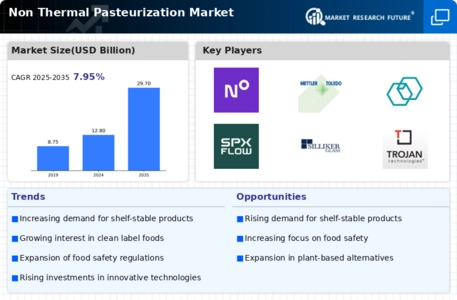
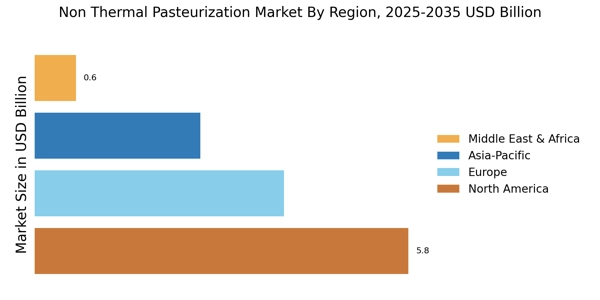
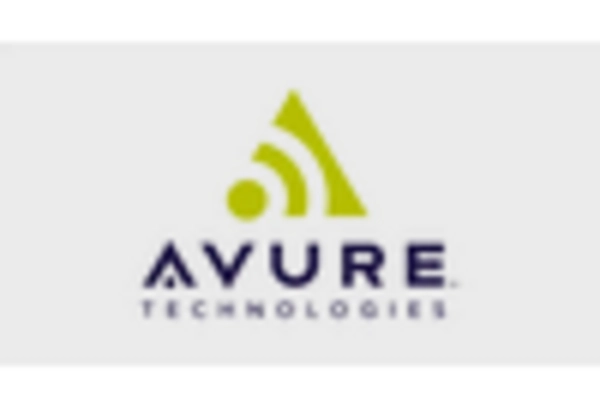
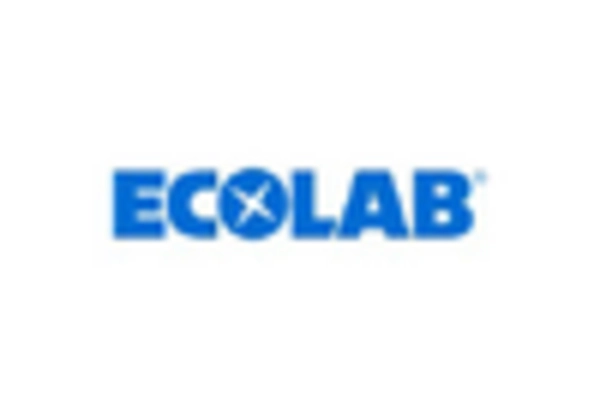
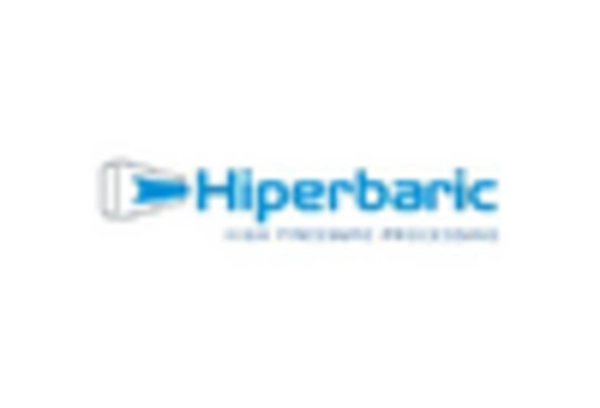
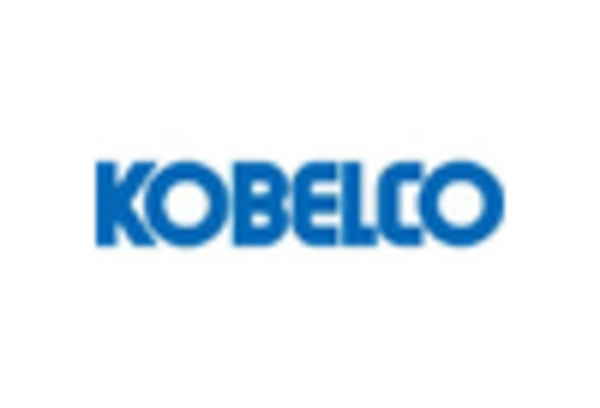
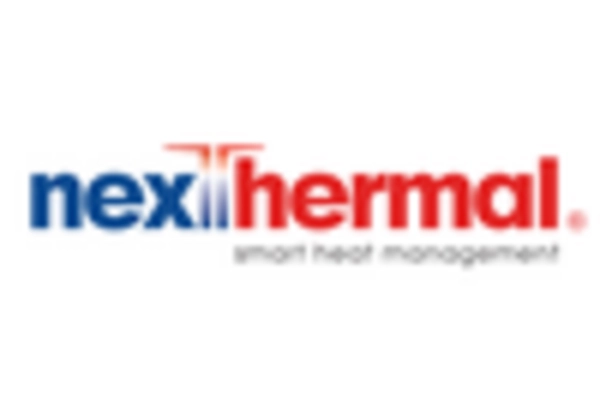
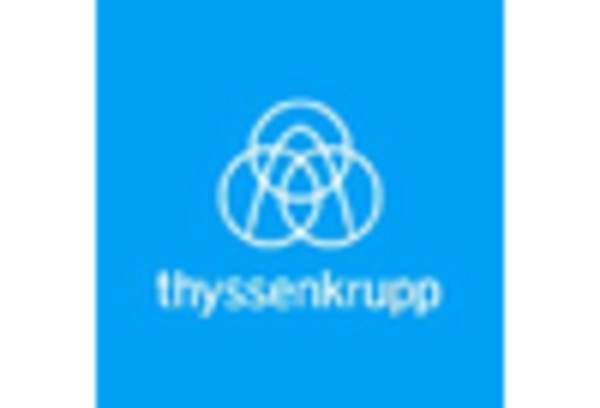








Leave a Comment